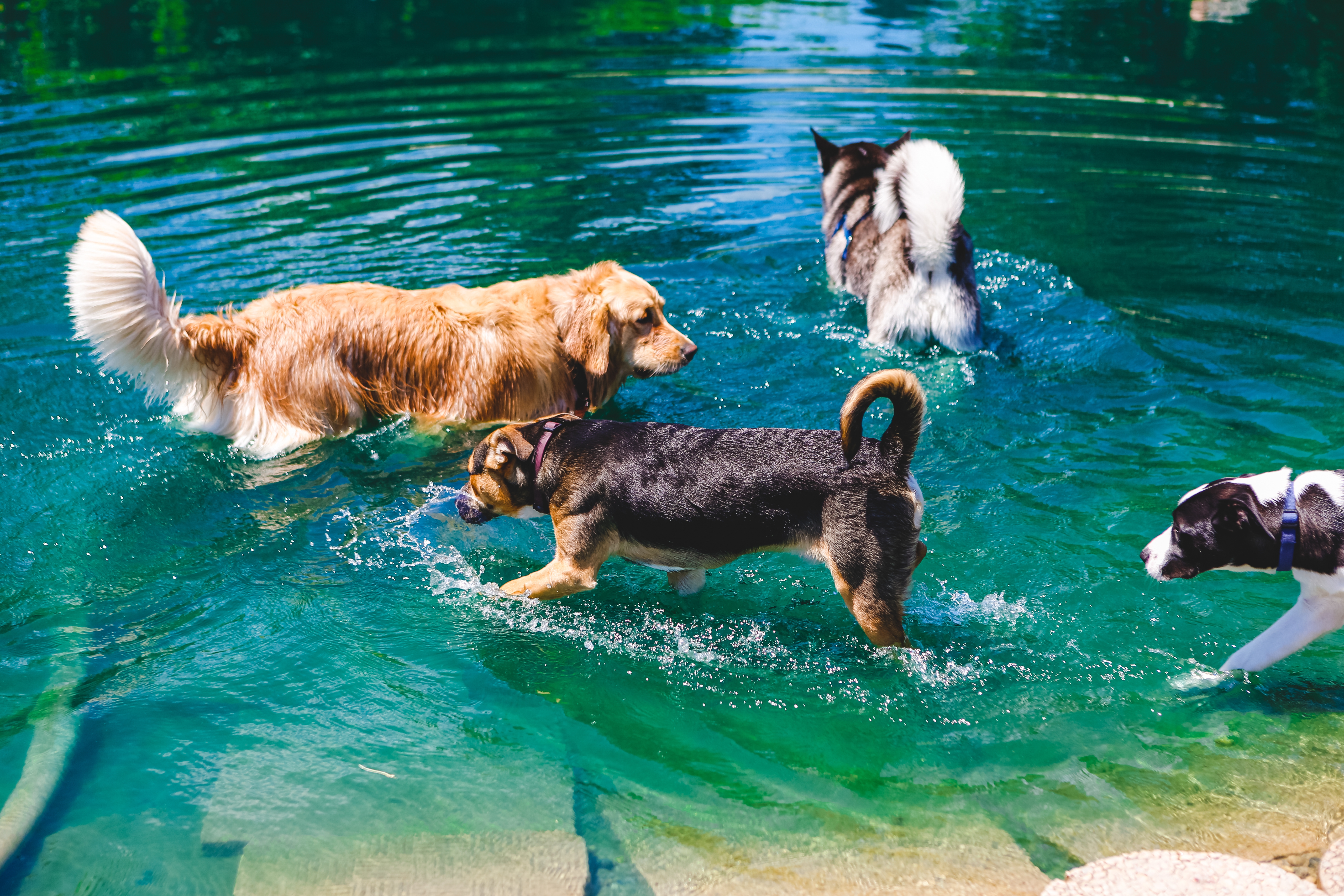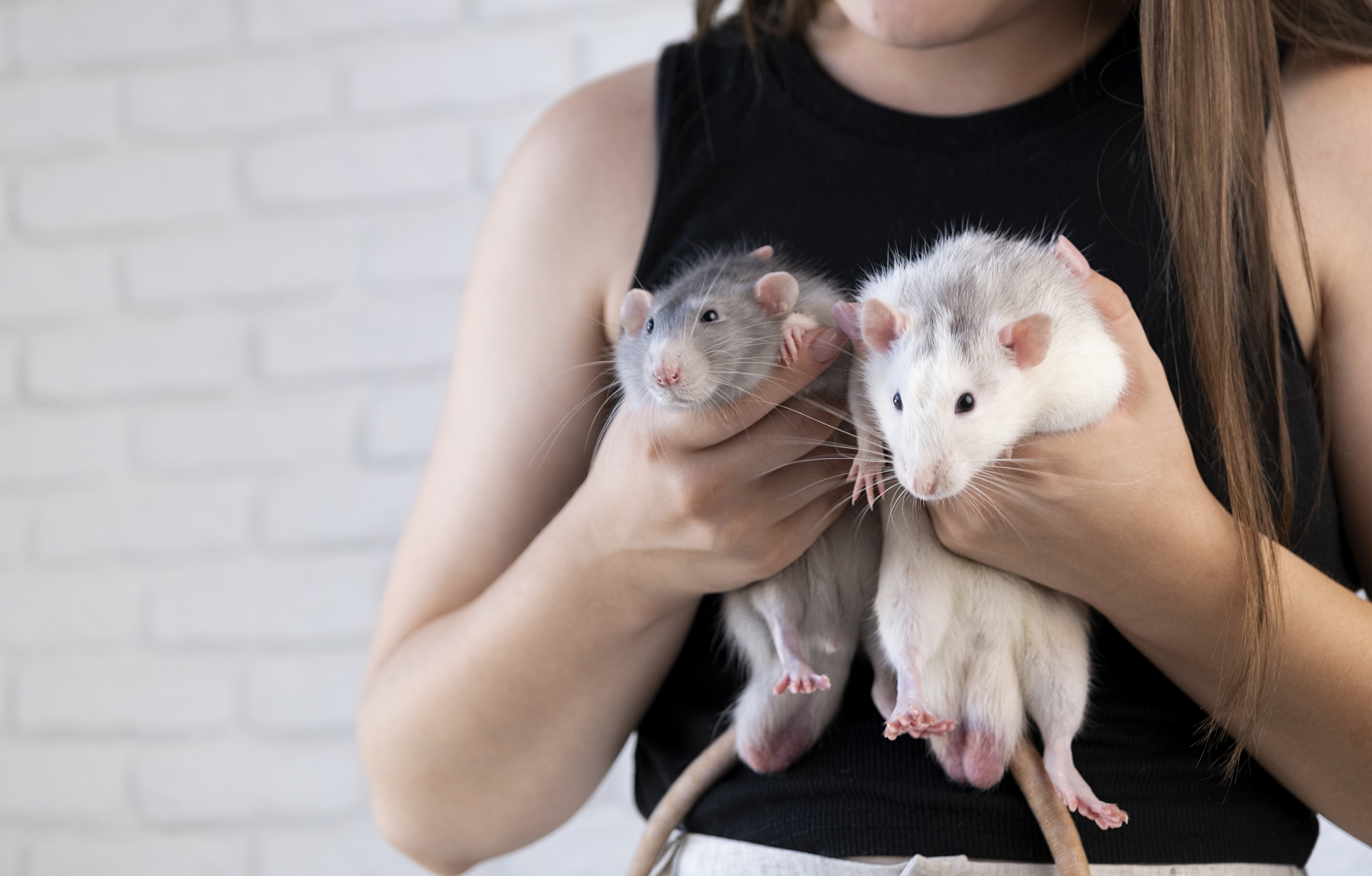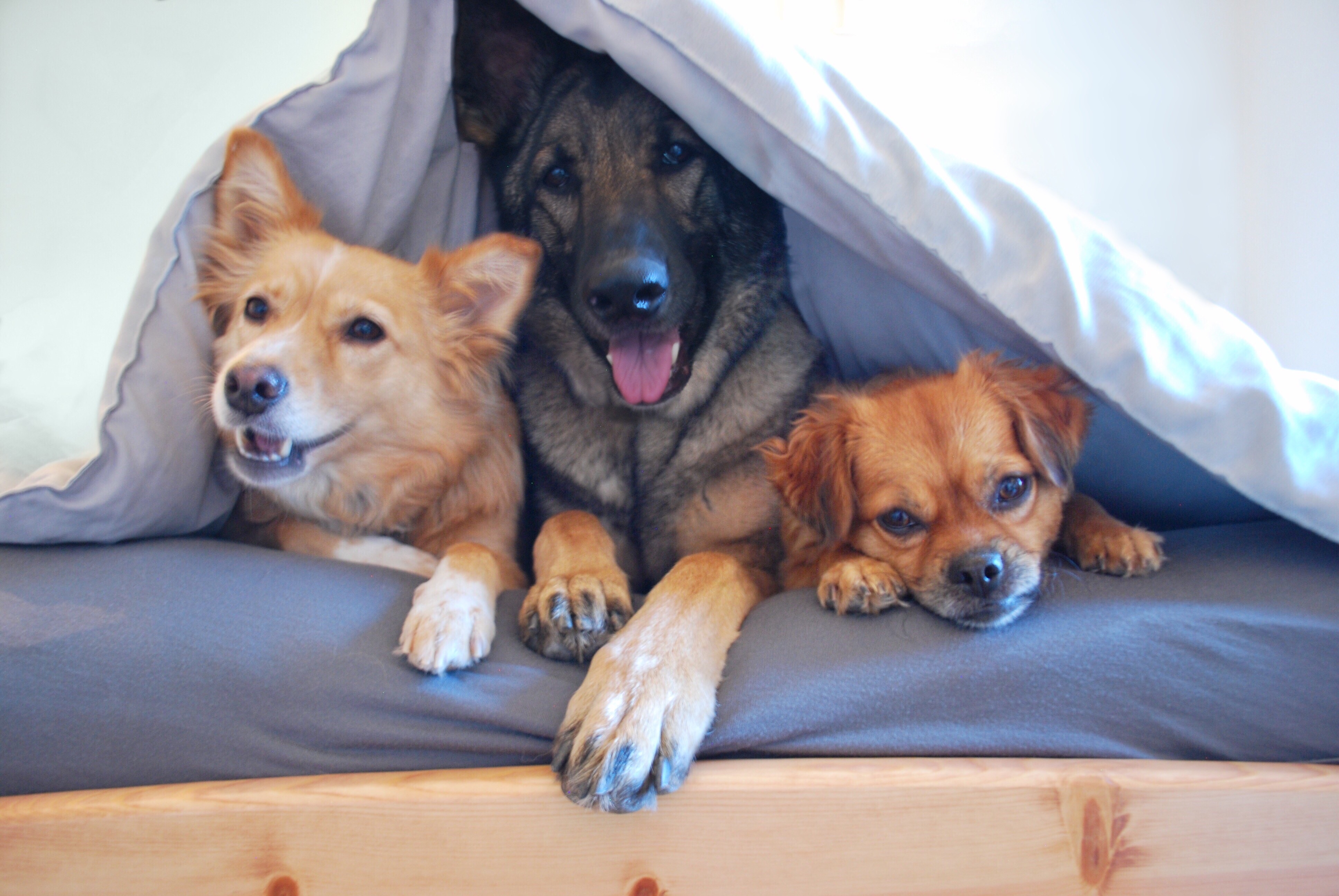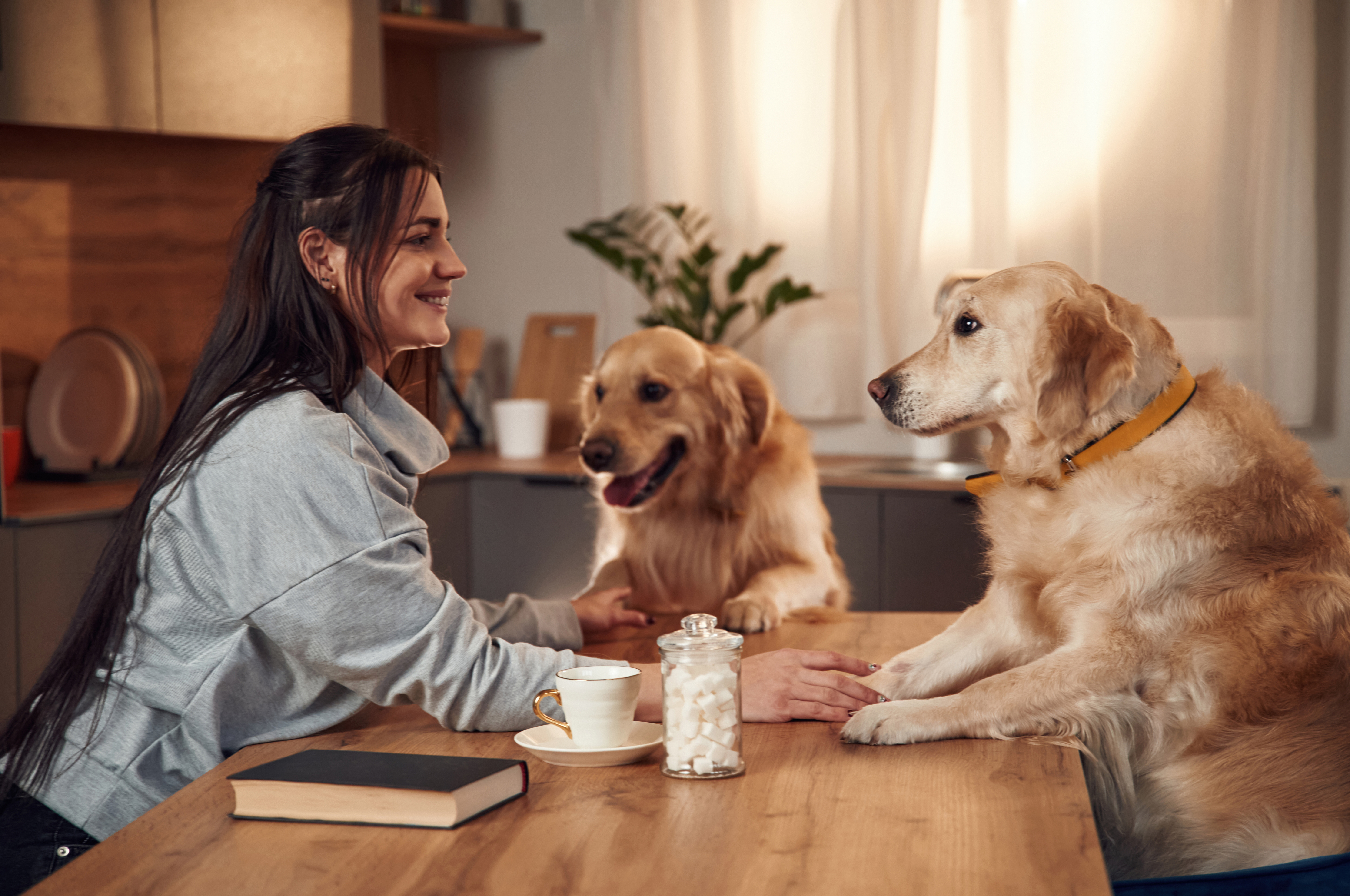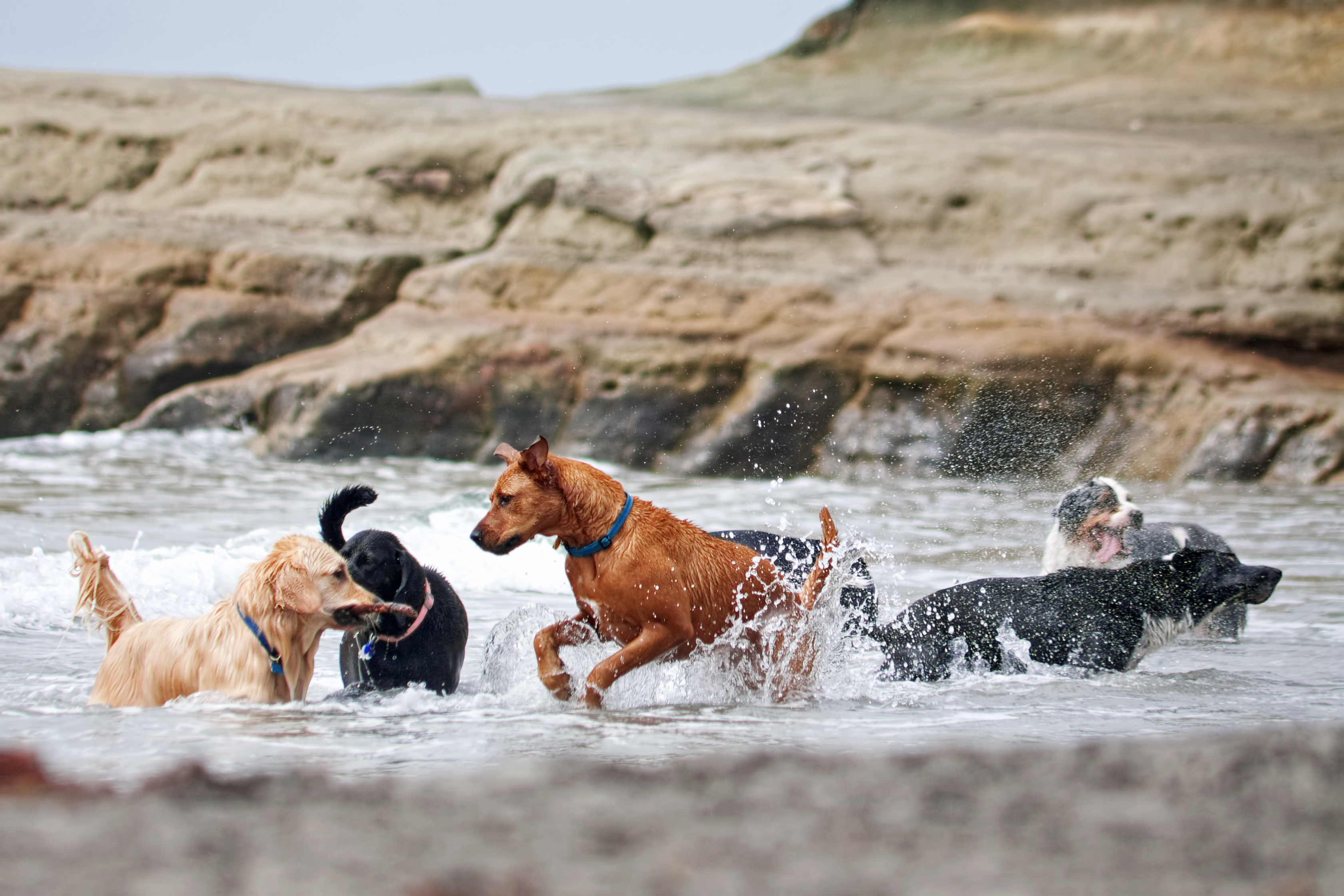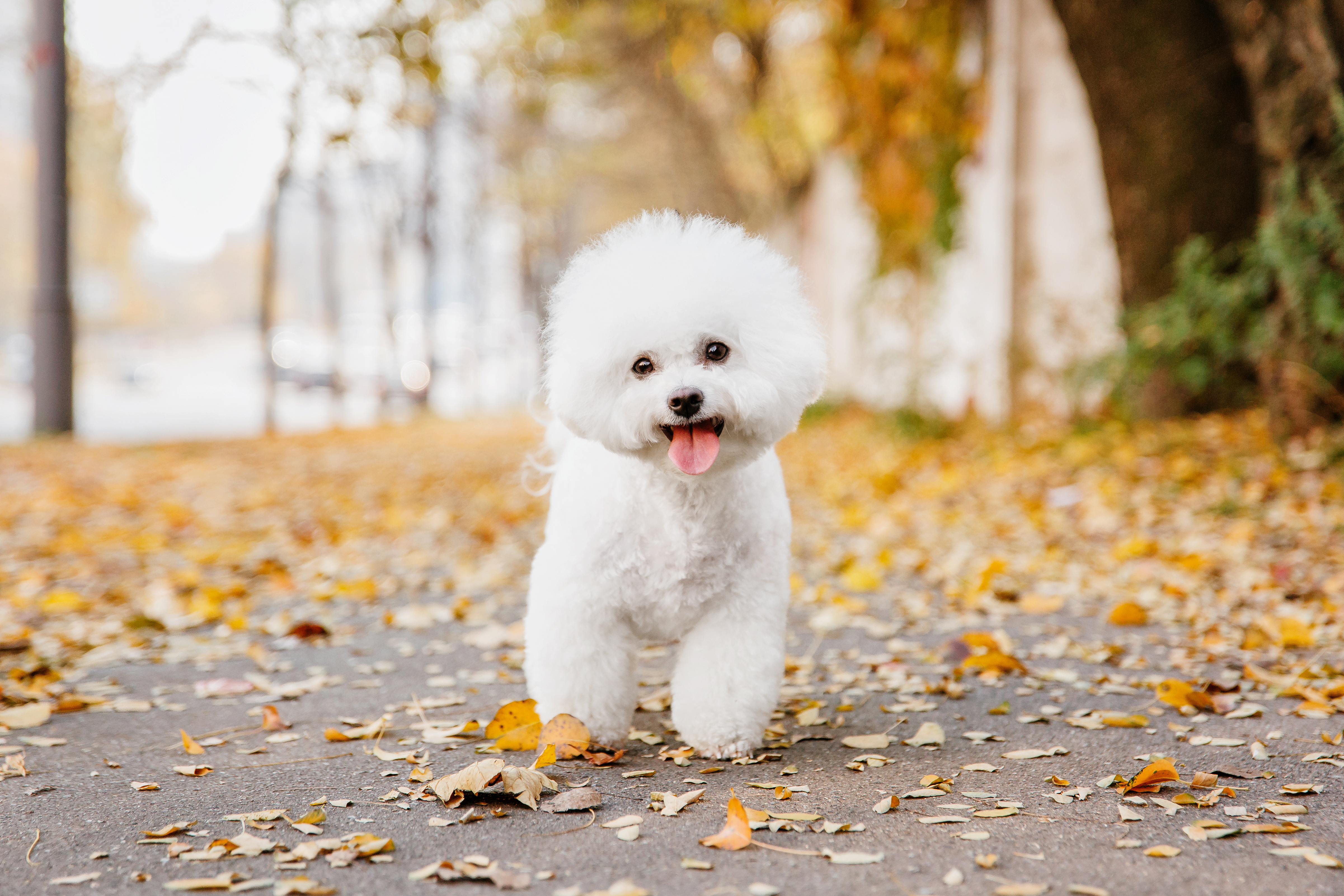10 Positive Reinforcement Tricks Every Dog Owner Should Know
Dogs have been our loyal companions for thousands of years, offering unconditional love and companionship. A wagging tail is one of the most heartwarming sights for any dog owner, symbolizing happiness, excitement, and trust. Understanding how to encourage this joyful behavior through positive reinforcement can strengthen the bond between you and your furry friend. This article delves into the art of wagging tails, exploring 10 effective positive reinforcement tricks that every dog owner should embrace. Each section will provide insights into the science of canine behavior, practical training techniques, and the emotional benefits for both the dog and the owner. By the end, you'll have a comprehensive understanding of how to make your pup happier, healthier, and more responsive.
Trick 1: The Power of Treats
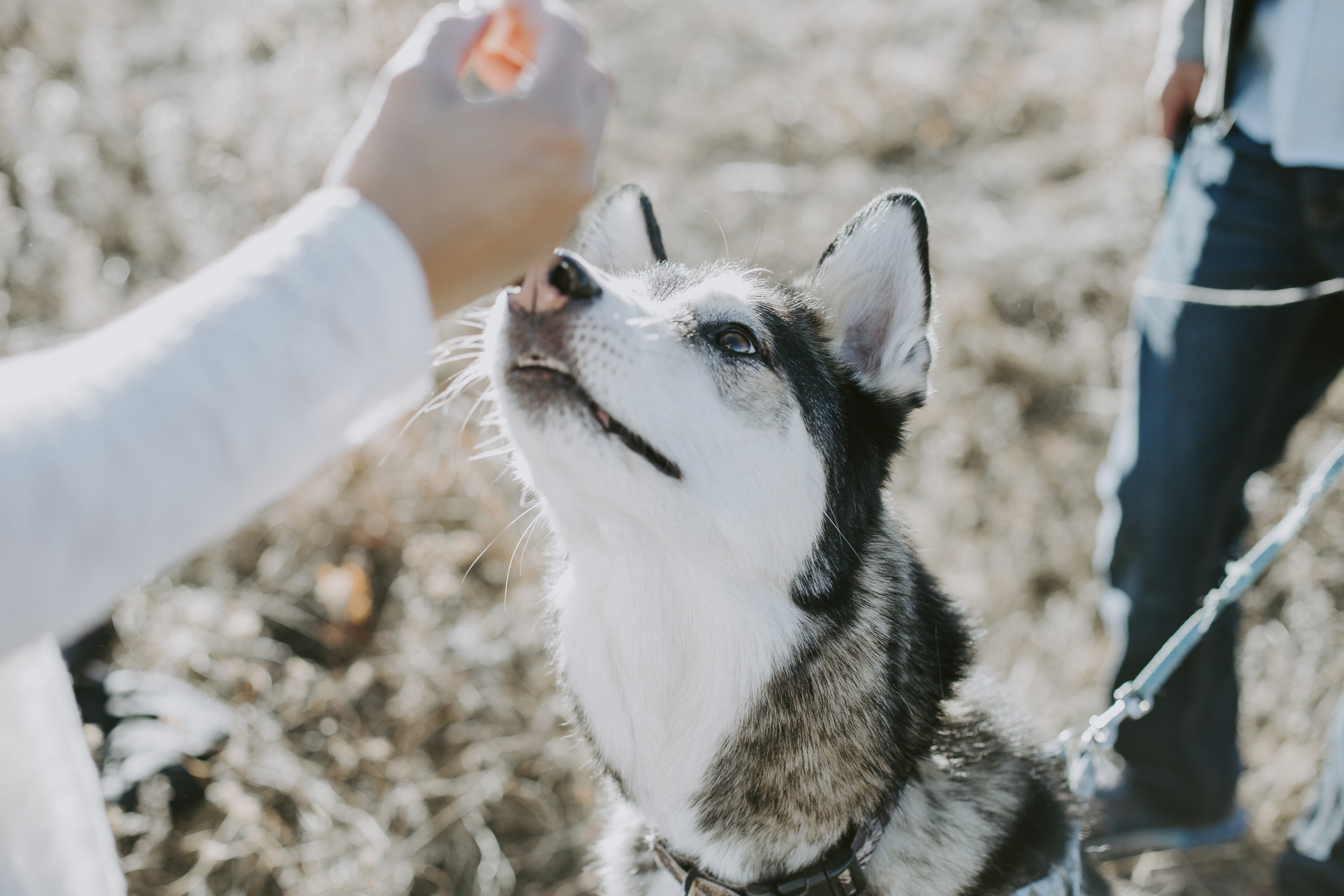
Treats are one of the most effective tools in positive reinforcement training. They serve as a tangible reward that dogs can immediately associate with good behavior. However, it's crucial to choose the right treats and use them appropriately. High-value treats, such as small pieces of chicken or cheese, are particularly effective for training sessions. The key is to use treats that your dog finds irresistible but in moderation to avoid overfeeding. Timing is also crucial; the treat should be given immediately after the desired behavior to ensure a clear connection. This section will provide tips on selecting the best treats and how to use them effectively in your training regimen.
Trick 2: The Magic of Clicker Training
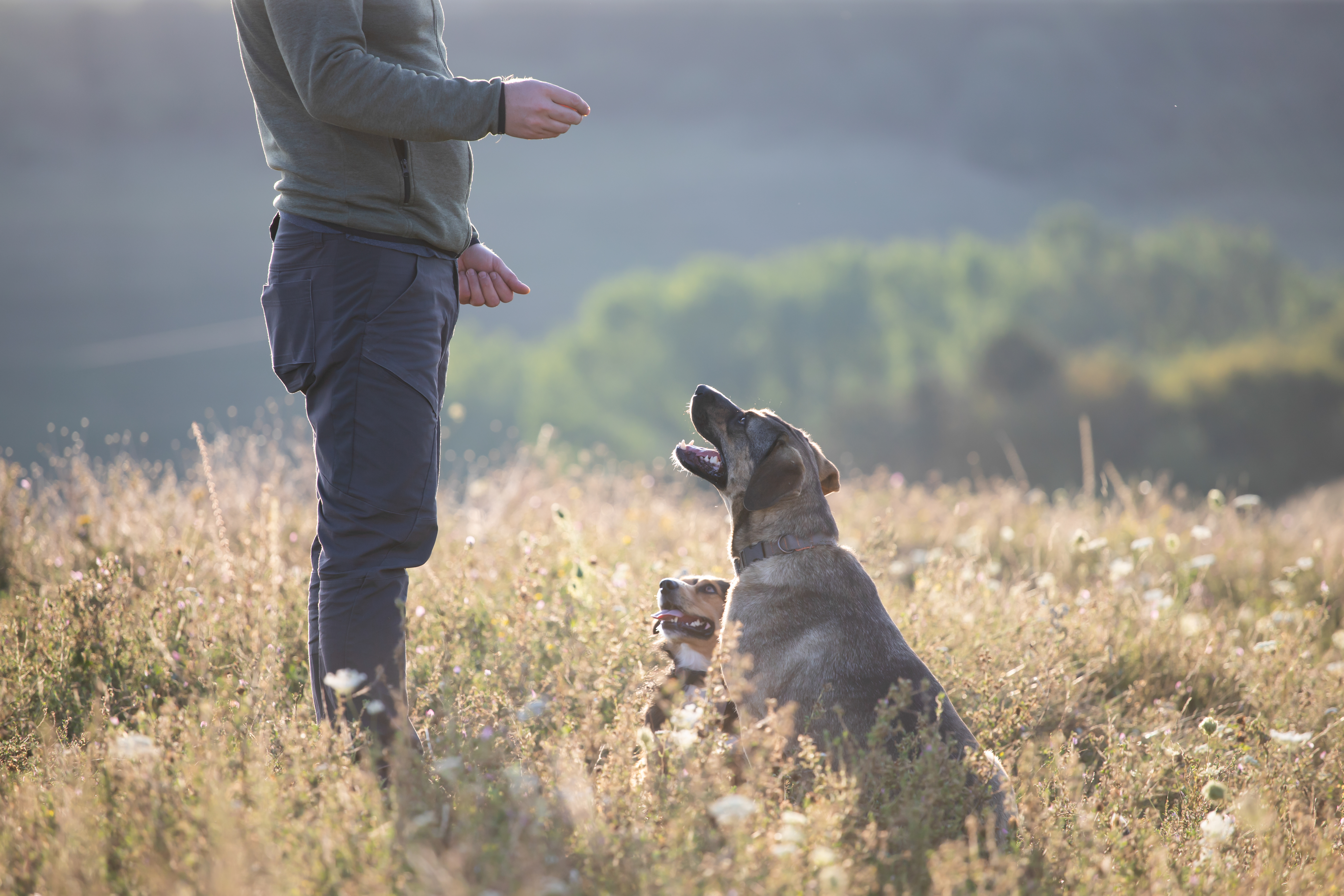
Clicker training is a popular technique that involves using a small device that makes a clicking sound to mark desired behaviors. The click serves as a precise signal that a reward is coming, making it easier for dogs to understand what behavior is being reinforced. This method allows for more accurate communication with your dog, especially for complex tricks or behaviors. The clicker becomes a powerful tool for shaping behavior, as it can be used to break down complex actions into smaller, manageable steps. This section will guide you through the basics of clicker training, from choosing the right clicker to mastering the timing and consistency required for success.
Trick 3: Verbal Praise and Affection
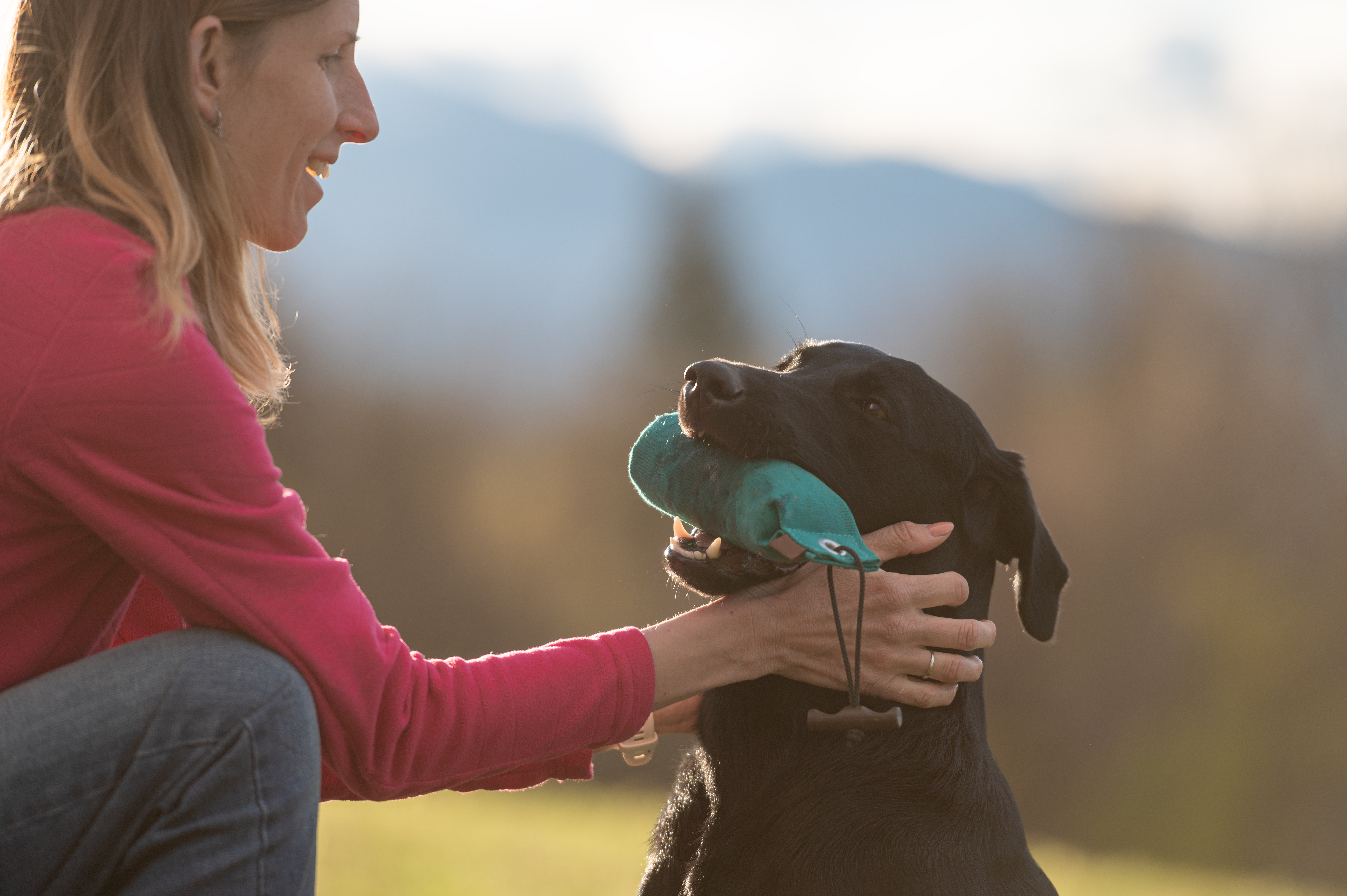
While treats and clickers are effective tools, verbal praise and affection should not be underestimated. Dogs are highly attuned to human voices and can pick up on the tone and emotion behind words. A simple "good boy" or "good girl" delivered with warmth and enthusiasm can be incredibly rewarding for your dog. Physical affection, such as petting or a gentle scratch behind the ears, can also reinforce positive behavior. This section will explore the art of using verbal praise and affection effectively, ensuring that your dog feels loved and appreciated. We'll also discuss how to balance these rewards with other forms of positive reinforcement for a well-rounded approach.
Trick 4: Consistency is Key
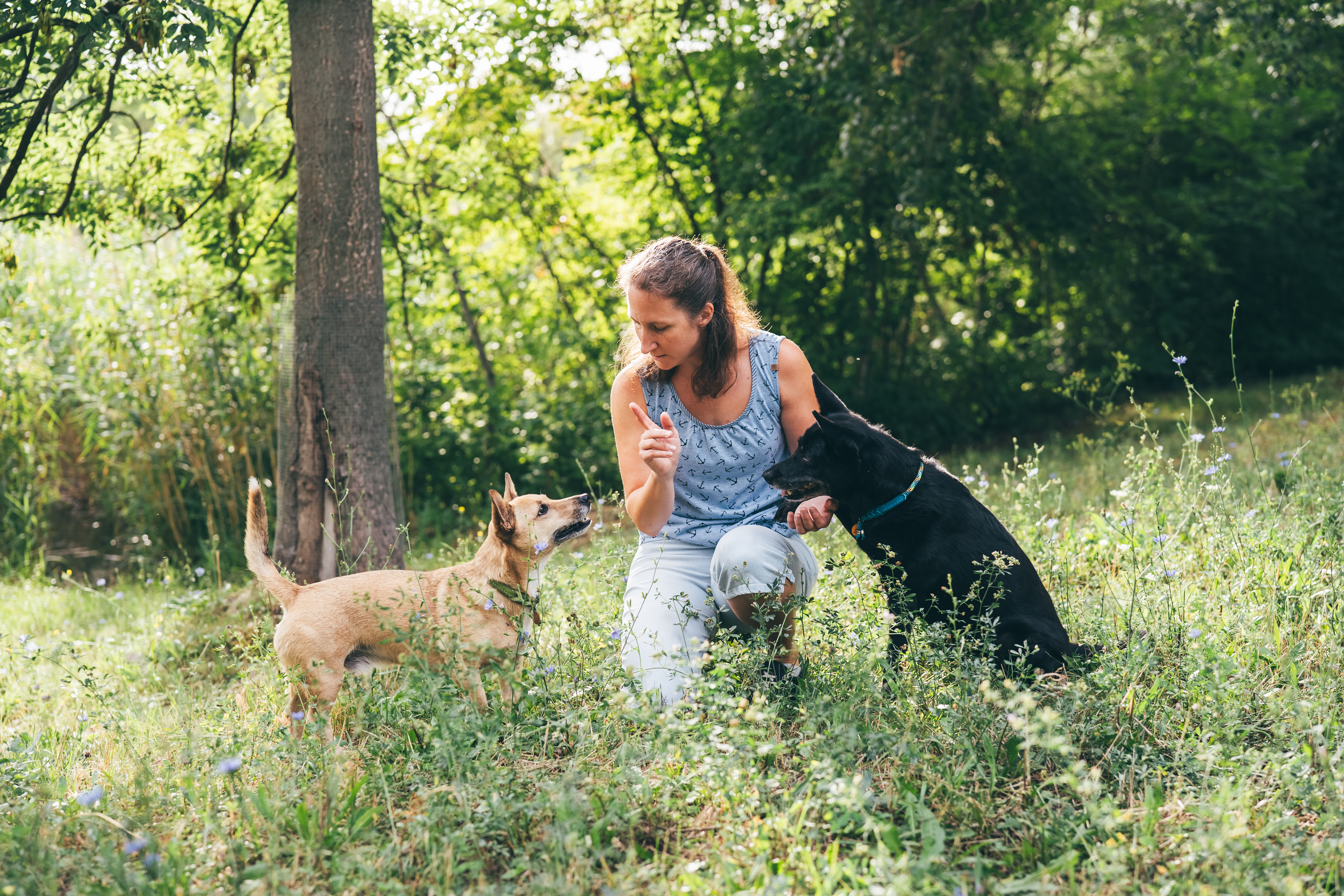
Consistency is a fundamental aspect of successful dog training. Dogs thrive on routine and clear expectations, so it's essential to be consistent in your training methods and commands. Inconsistent training can confuse your dog and hinder progress. This section will delve into the importance of consistency, offering practical tips on how to maintain it in your training sessions. From using the same commands and hand signals to ensuring that all family members are on the same page, consistency will help your dog understand what is expected and reinforce positive behaviors more effectively.
Trick 5: The Role of Patience
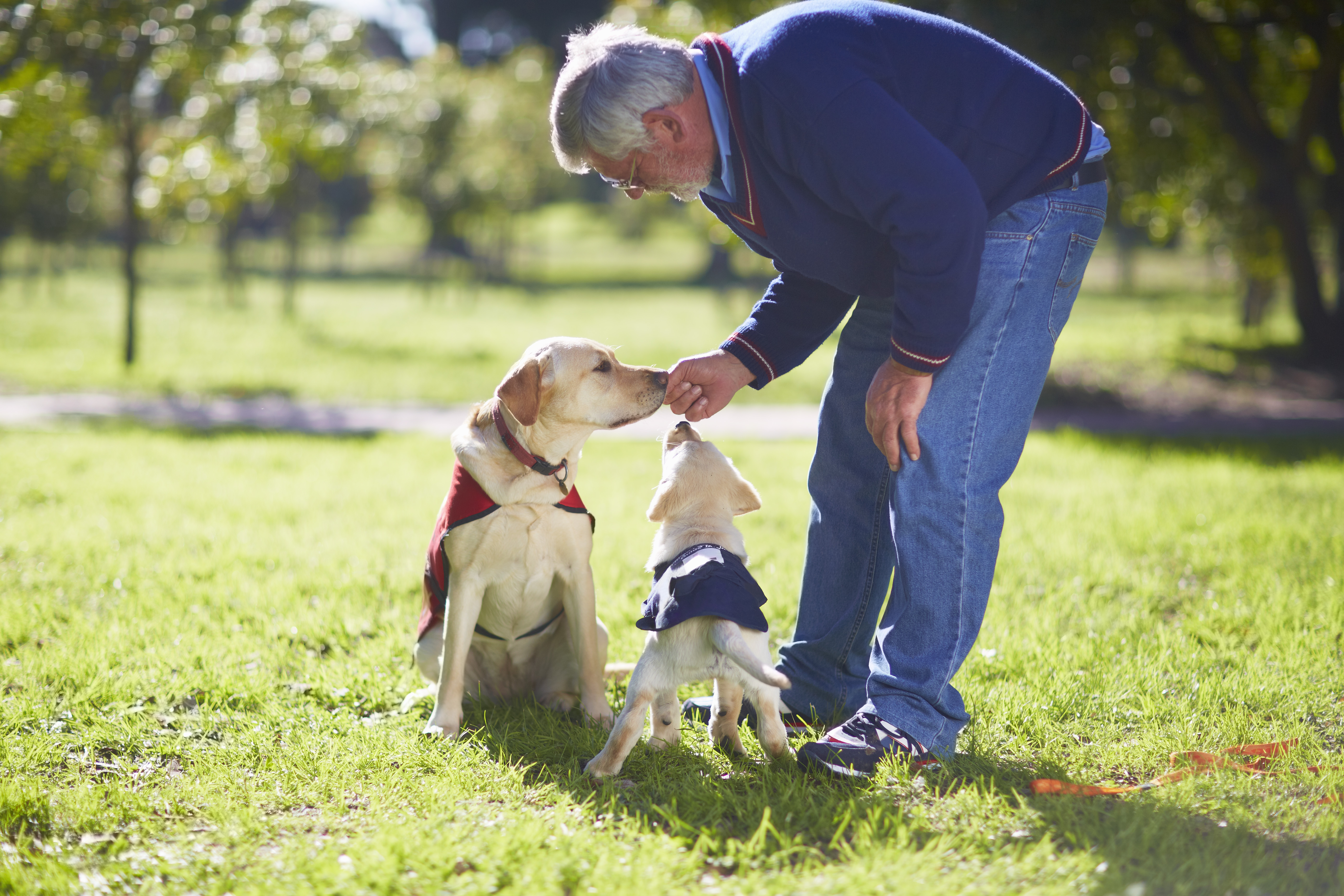
Patience is a virtue, especially when it comes to dog training. Every dog learns at its own pace, and some may take longer to grasp certain concepts than others. It's important to remain patient and avoid frustration, as dogs can sense your emotions and may become anxious if they feel you're upset. This section will discuss strategies for maintaining patience during training, such as breaking sessions into shorter, more manageable segments and focusing on incremental progress. By approaching training with patience and understanding, you'll create a positive learning environment that encourages your dog to thrive.
Trick 6: Socialization and Play
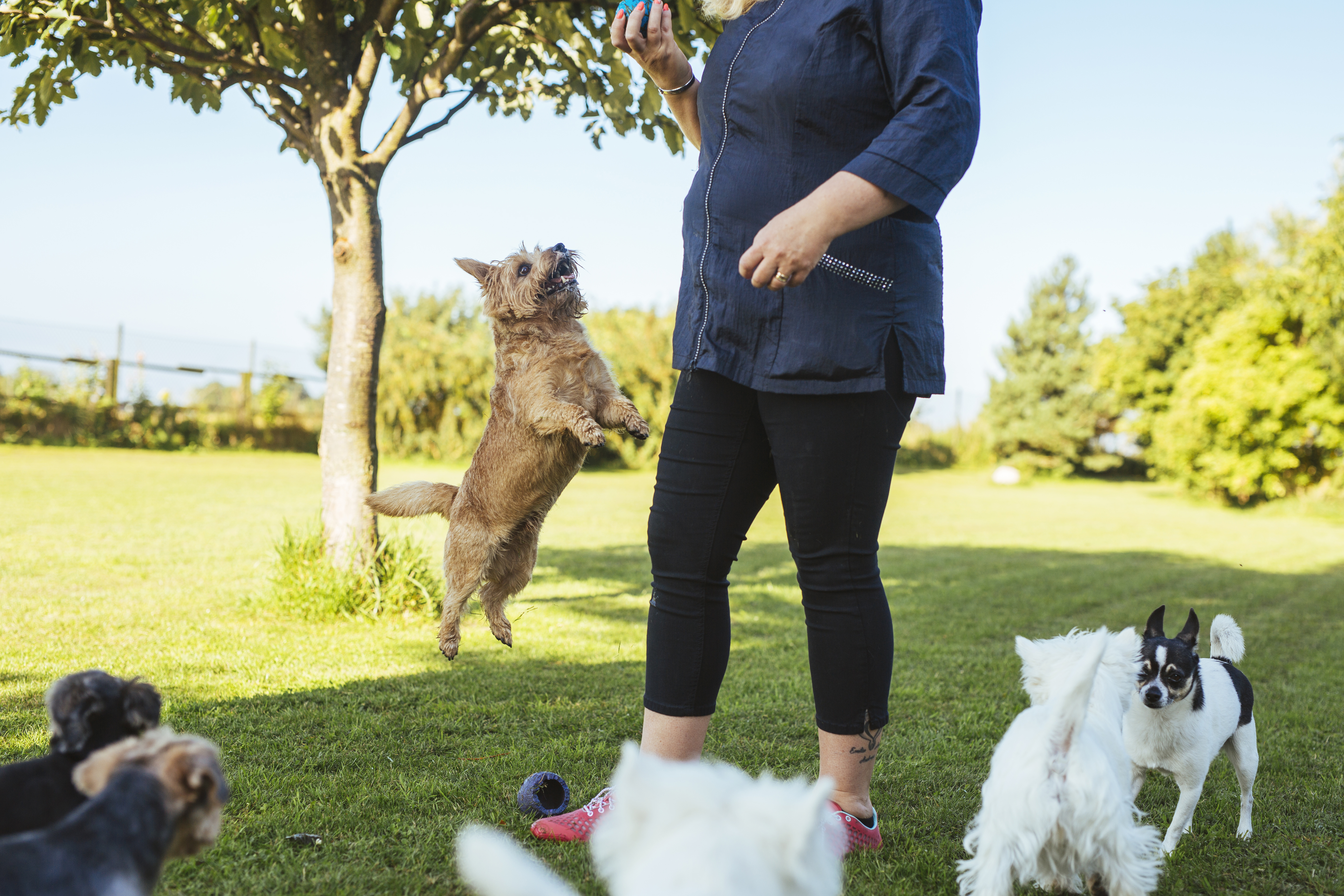
Socialization is a critical component of a dog's development, and play is a natural way for dogs to learn and practice social skills. Engaging your dog in play with other dogs and people can reinforce positive behaviors in a fun and rewarding way. This section will explore the benefits of socialization and how it can be incorporated into your training routine. From dog parks to playdates, there are many opportunities to expose your dog to new experiences and reinforce positive behaviors through play. We'll also discuss how to recognize and manage any socialization challenges your dog may face.
Trick 7: Setting Clear Boundaries
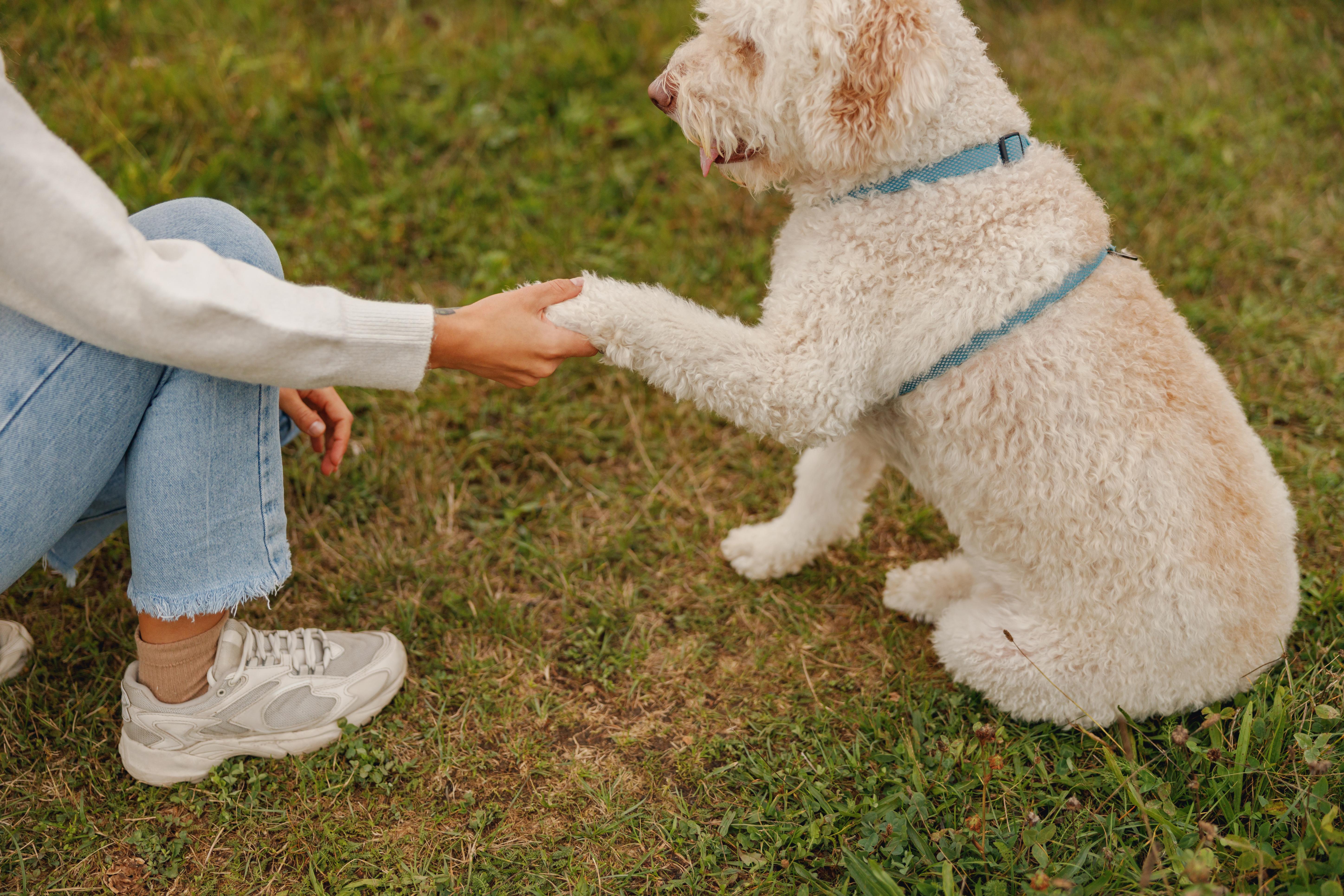
While positive reinforcement focuses on rewarding good behavior, it's also important to set clear boundaries and expectations. Dogs need to understand what behaviors are acceptable and what are not. This section will explore how to establish boundaries using positive reinforcement techniques. We'll discuss the importance of consistency in enforcing rules and how to use redirection and distraction to guide your dog away from undesirable behaviors. By setting clear boundaries, you'll create a structured environment that helps your dog feel secure and confident.
Trick 8: The Importance of Mental Stimulation
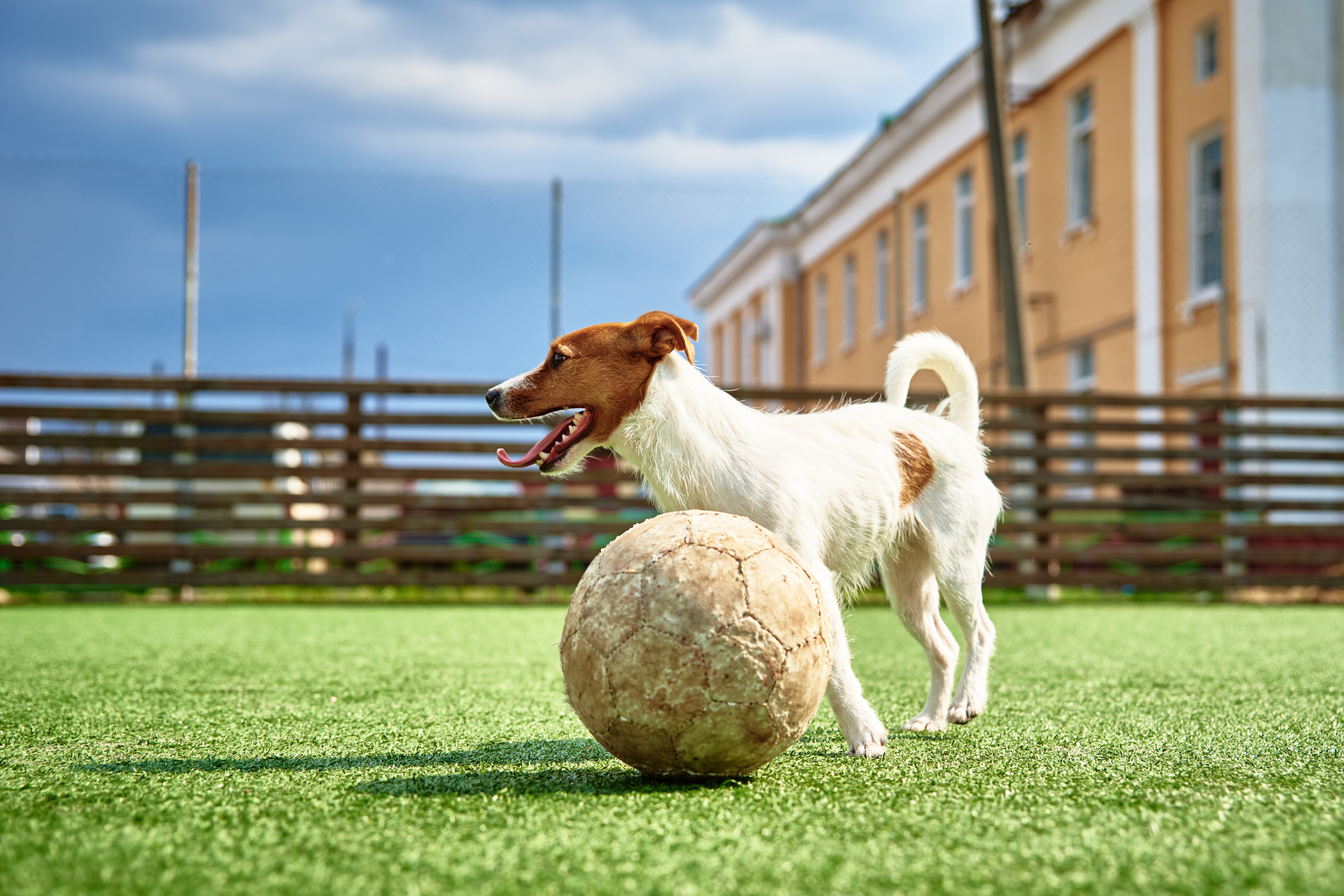
Mental stimulation is just as important as physical exercise for a dog's overall well-being. Engaging your dog in activities that challenge their mind can prevent boredom and reduce the likelihood of behavioral issues. This section will explore various ways to provide mental stimulation, from puzzle toys and interactive games to training sessions that teach new tricks and commands. We'll also discuss how mental stimulation can be incorporated into your daily routine, making it a regular part of your dog's life. By keeping your dog's mind active, you'll promote a happier, more balanced pup.
Trick 9: Building a Strong Bond
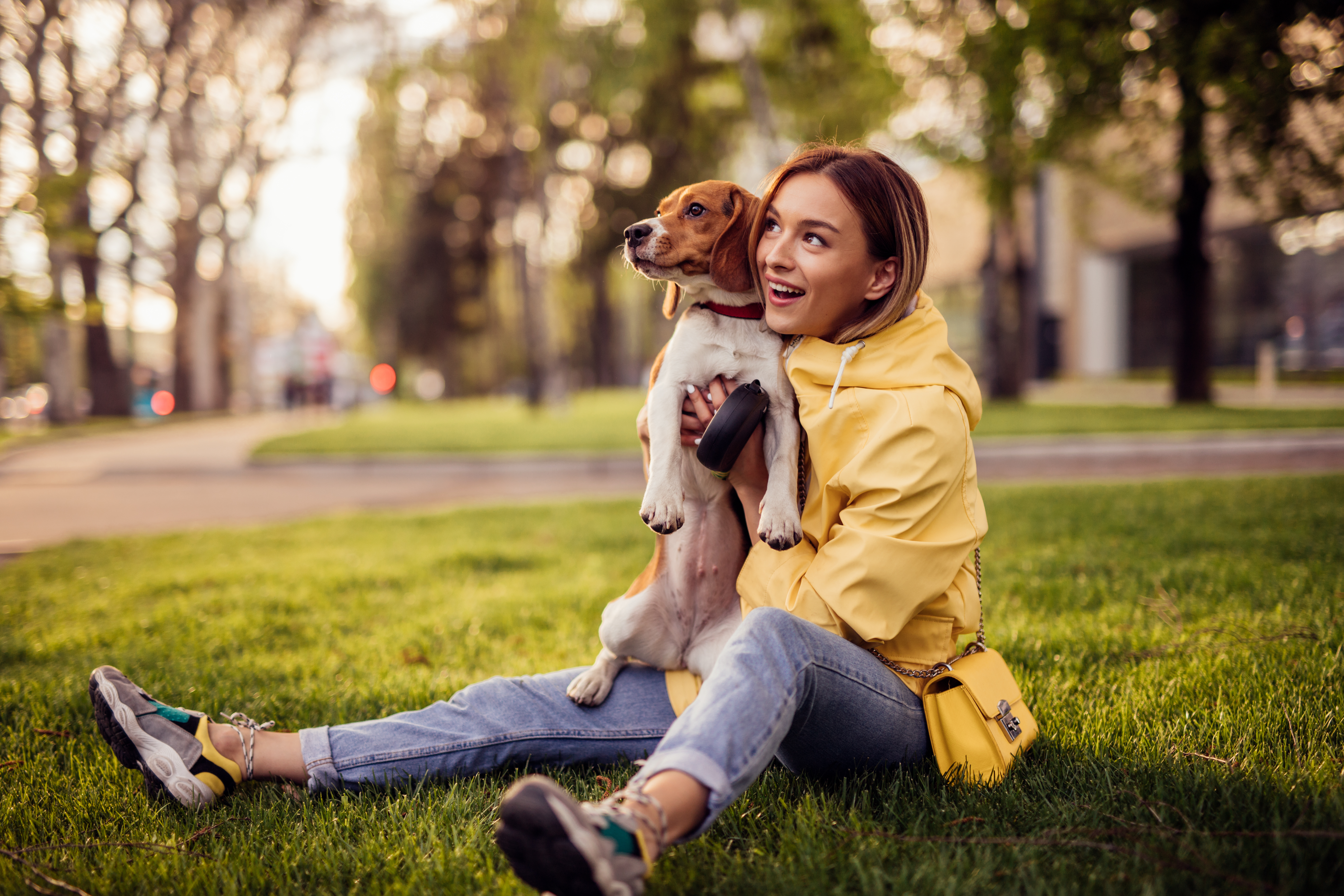
The bond between a dog and its owner is the foundation of a successful training relationship. A strong bond fosters trust, communication, and mutual respect, making training more effective and enjoyable. This section will explore ways to strengthen the bond with your dog, from spending quality time together to engaging in activities that both you and your dog enjoy. We'll also discuss the importance of understanding your dog's unique personality and needs, allowing you to tailor your training approach accordingly. By building a strong bond, you'll create a partnership that enhances your dog's happiness and well-being.
Trick 10: Capturing Calmness & Rewarding Good Choices

Positive reinforcement isn't just about teaching tricks on command; it's about noticing and rewarding the good choices your dog makes naturally throughout the day. This is often called "capturing" behavior. See your dog lying down calmly while you work? Quietly praise and offer a gentle treat. Did they choose their chew toy instead of your shoe? Let them know that was brilliant! By actively looking for and rewarding moments of calm, politeness, or appropriate play without being asked, you powerfully reinforce these desirable default behaviors, helping your dog understand how to succeed in everyday life, not just during training sessions.
Mastering the art of wagging tails through positive reinforcement is a journey that leads to a happier, more fulfilled pup. By embracing these ten tricks, you'll not only improve your dog's behavior but also deepen the bond you share. Positive reinforcement creates a positive learning environment where your dog can thrive, free from fear and anxiety. As you implement these techniques, you'll find that your dog becomes more responsive, confident, and joyful. In turn, this will bring you immense satisfaction and happiness, knowing that you are providing the best possible life for your furry companion. Remember, a wagging tail is more than just a sign of happiness—it's a testament to the love and trust you've cultivated together.
